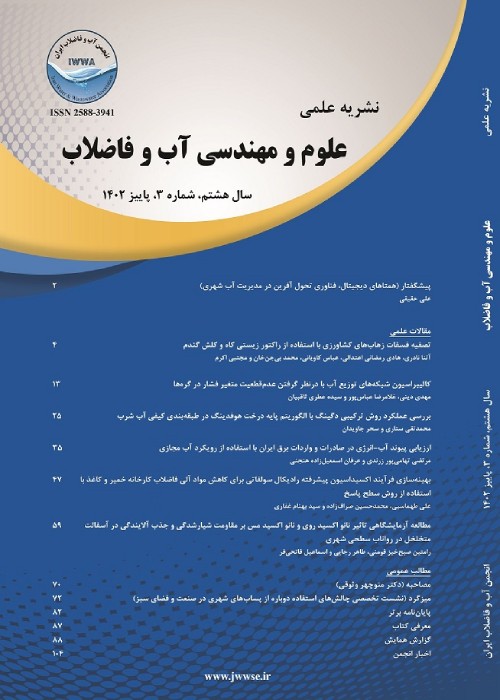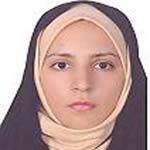Redevelopment of BSM1 Model to Model the Wastewater Treatment System of Carousel Oxidation, Case Study: South Tehran Wastewater Treatment Plant
Due to continuous changes in the quantitative and qualitative characteristics of wastewater influent in wastewater treatment plants (WWTPs), it is necessary to evaluate the performance of WWTPs under different conditions and adopt appropriate control strategies. The first step in evaluating and improving the performance of a WWTP is to model it. In recent years, there has been an increase in the application of simulation software and mathematical models for this purpose. Calibration is considered the most important step in modeling because improper calibration can lead to unrealistic results with a large error. The main objective of this research is to redevelop the BSM11 model and provide different calibration scenarios to model the carousel oxidation system on a real scale. The high-accuracy model can then be used for various purposes, such as implementing different control strategies and improving the performance of the WWTP under different operating conditions. The developed model was implemented on modules 5 and 6 of the WWTP located in the south of Tehran. After determining the suitable process models for different units of the wastewater treatment plant, model calibration based on the GMP2 protocol was performed under two scenarios: 1) simultaneous calibration of parameters, and 2) step-by-step calibration of parameters. In each scenario, two objective functions were considered to evaluate the effect of main variables, including COD, TSS, and TN, and secondary variables, including X (MLSS3 of the aeration tank) and Xr (MLSS of the return sludge). The genetic algorithm was used to optimize the objective functions during the calibration process. The results showed that in the static calibration, the average error of all variables, as well as the variables considered in the objective function in scenario 2, were significantly reduced compared to scenario 1. The values in scenario 2 for objective function 1 were 2.7%, 7.8%, 8.2%, and 4.3% for the variables mentioned. Additionally, by considering more variables in the objective function, the cumulative error of all variables was reduced. In dynamic calibration, the average error rates of the model for TSS, COD, and TN were 29.8%, 19.8%, and 10.3%, respectively.
- حق عضویت دریافتی صرف حمایت از نشریات عضو و نگهداری، تکمیل و توسعه مگیران میشود.
- پرداخت حق اشتراک و دانلود مقالات اجازه بازنشر آن در سایر رسانههای چاپی و دیجیتال را به کاربر نمیدهد.



